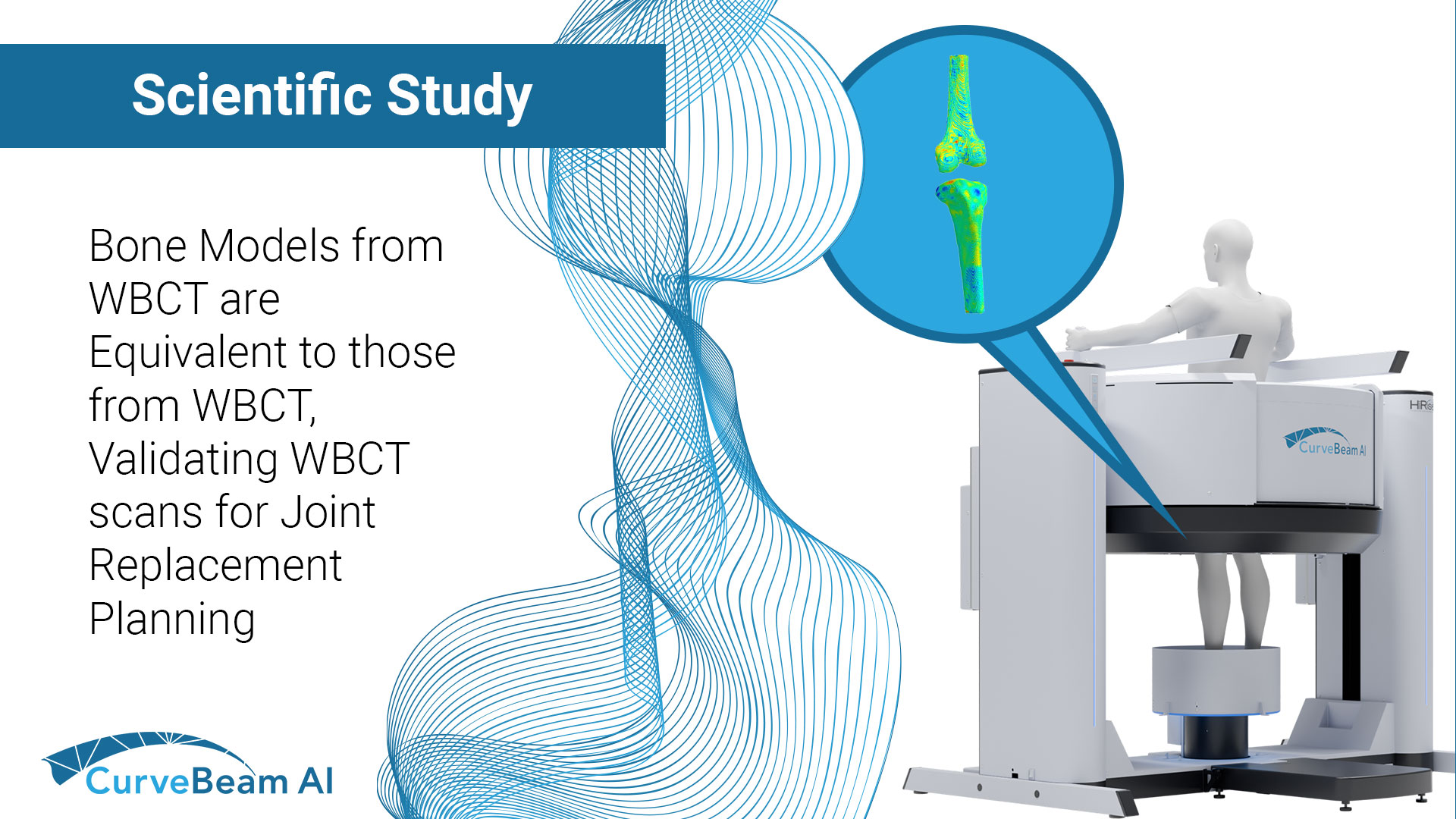Fragility fractures are often the first visible sign of underlying osteoporosis but too often, they…

Surgeons Weigh In: Top Indications for WBCT: Part 5
Weight bearing CT (WBCT) imaging has fundamentally changed the evaluation and management of foot and ankle disorders such as hallux valgus, progressive collapsing foot disorder (PCFD), ankle instability, and traumatic deformities. The following panelists of experts share their insights and experiences in the use of WBCT in clinical practice as well as the future direction of the modality.
What Are The Future Directions of WBCT?

Dr. Alessio Bernasconi, MD, PhD, FEBOT
Azienda Ospedaliera Universitaria
Federico II of Naples
Department of Orthopaedic Surgery
Naples, Italy
Research-wise, a lot is ongoing in terms of validating automatic ways to measure angles and axes, joint spaces and quality of the bone. I believe that the final target is a system which automatically (and quickly) analyses WBCT images and suggests (1) what is normal and what is not (which is probably the hardest part!) and (2) which type, and entity of correction should be performed. Second, while it’s nowadays possible to get a hip scan during stance, industry is now looking at commercializing total body scans, which will enable to visualize the spine and shoulders and cover the entire musculoskeletal field, increasing the number of clinicians (and patients) which could benefit from it.
I think as we collect more normative data, the weight bearing CT scan will completely replace standard radiographs. We can now obtain digitally reconstructed X-Rays from the weight bearing CT scan itself which is probably more accurate. As we develop better software, we will have tools to automatically measure parameters of interest which will decrease the time surgeons need to analyze the scans themselves. Also, individualized patient specific instrumentation will evolve as we understand more normal and abnormal parameters.

Dr. Scott Ellis, MD
Professor
Department of Orthopaedic Surgery
Hospital for Special Surgery
New York, NY

Dr. Francois Lintz, MD, MSc, CSCT
Department of Orthopaedic Surgery
and Traumatology
Clinique d L’UNION
Toulouse, France
Following up on the previous question: It’s just a phase: a technological transition. WBCT will take over from older modalities because immediate 3D weight bearing imaging is by nature superior to a 2 phase 2D weight bearing + 3D non-weight bearing imaging sequence. Technical challenges will rapidly be resolved amongst which: closing the loop with full body WBCT including the spine, standardizing 3D weight bearing measurement systems to make all commercial solutions comparable, and translating the new knowledge derived from the technology into useful surgical tool based on personalized surgical plans. For me the challenge is to internationally recognize and accept this by harmonizing reimbursements in a way that acknowledges the benefits for the patients, the surgeons, but also the fact that moving from 2D to 3D produces more information, so it requires more time and investments notably for our radiologist colleagues. I’m an optimist: I think this will be resolved within the next couple of years.
Regarding future directions, the sky is literally the limit for WBCT imaging. As we acquire more and more data, the combination of physiological standing weight bearing CT imaging for foot and ankle and all lower extremity pathologies will be paramount for decision making of treatment algorithms, particularly when WBCT imaging is combined with artificial intelligence and big data analysis.

Dr. Cesar de Cesar Netto, MD, PhD
Associate Professor
Department of Orthopaedic Surgery
Duke University
Durham, North Carolina, USA

Med. Martinus Richter, PhD
Professor
Department of Orthopedic Surgery
Sana Hospital
Bavaria, Germany
Having validated automatic measurements.
To read the full roundtable discussion visit https://journals.sagepub.com/doi/10.1177/19386400241238608




